Parading Bulls
Bullies and gliders
In Islas Murciélago, (North Pacific coast of) Costa Rica, there is a diving point where you can have a meet and greet with bull sharks. It works as a cleaning station during a season so it has become an attractive point to get to know these amazing creatures up close. I went again with @diving_center_cuajiniquil! My first encounter with a these creatures was a close one, as seen in the video below. Close enough to admire its size and beauty but not to get scared, I believe. A majestic animal, indeed! We saw around nine sharks and also got lucky enough to have two manta rays Mobula birostris gracefully glide above us.
This was my second time using the camera underwater. Even though I’m not an expert, each time it feels much more comfortable, like second nature. Current setup weighs around 2.5 kg, which compared to other cameras, isn’t as heavy, but I still have to compensate your buoyancy.
The smaller size of the spectrum
Ocean creatures have a wide range of sizes. Think of whale sharks and then of hermit crabs. I prefer to photograph the ones in the smaller side of the spectrum - especially marine invertebrates. Macro photography helps with this. Look at this tiny sea urchin:
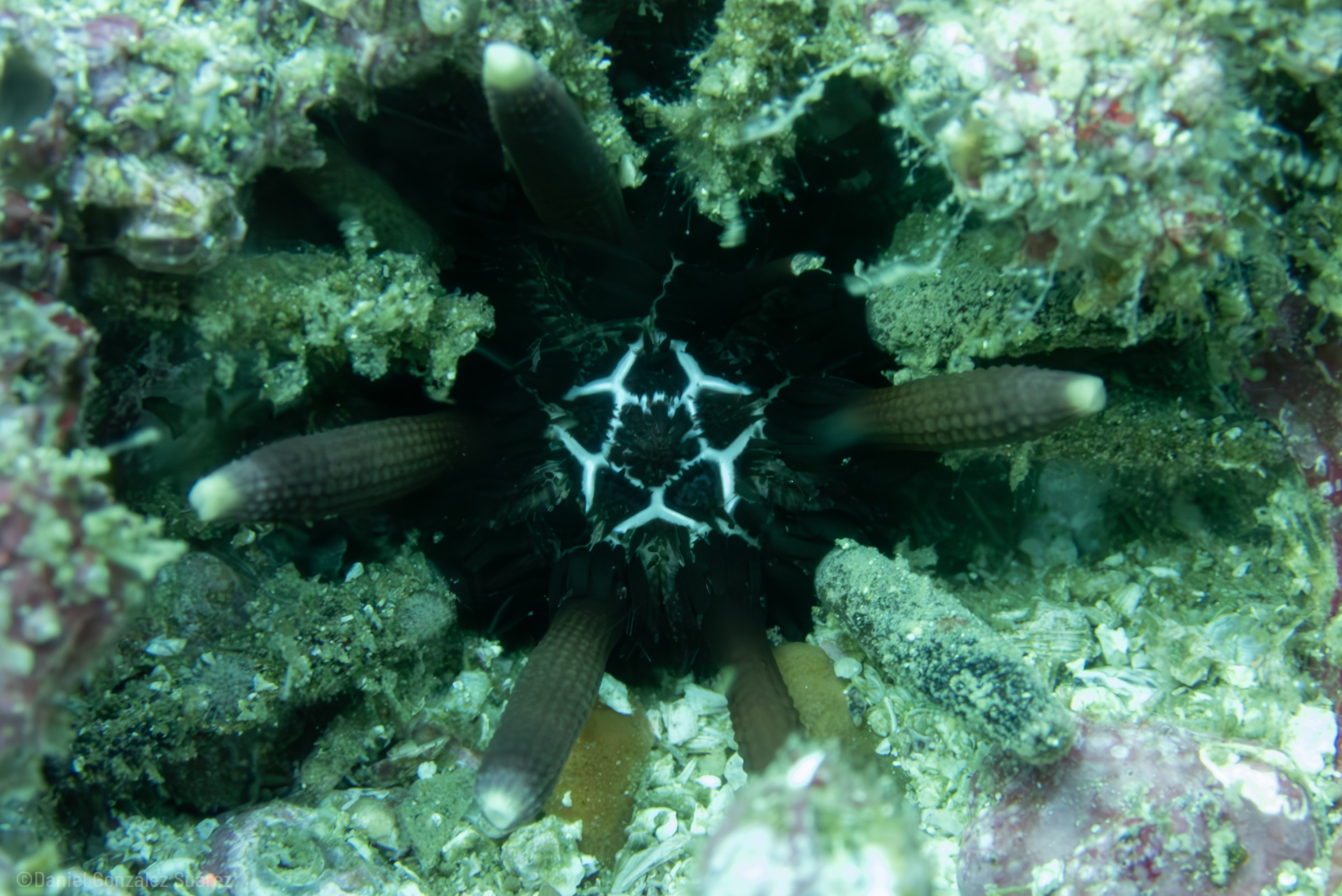
Eucidaris thouarsii, the slate pencil sea urchin.
I find marine invertebrates to be so interesting. What I like the most of them is their life history. Did you know there are many that have a larval stage? Like a caterpillar getting into a cocoon to then metamorphose into a butterfly, many marine invertebrates start as larvae that then metamorphose into juveniles and finally develop into adults. Same as with butterflies, most larval stages look nothing like their adult counterparts. You wouldn’t guess what a sea urchin larva looks like! I’ll have a post about this specific life stages and some examples.
Curious creatures and interesting sightings
We can hop back into the photography part of this trip. In this dive, as soon as I got into the water, I saw this magnificent octopus! Later, I got to see another one hidden in a crevice.
Here’s a picture of that same octopus, as well as another one I took later of another individual:
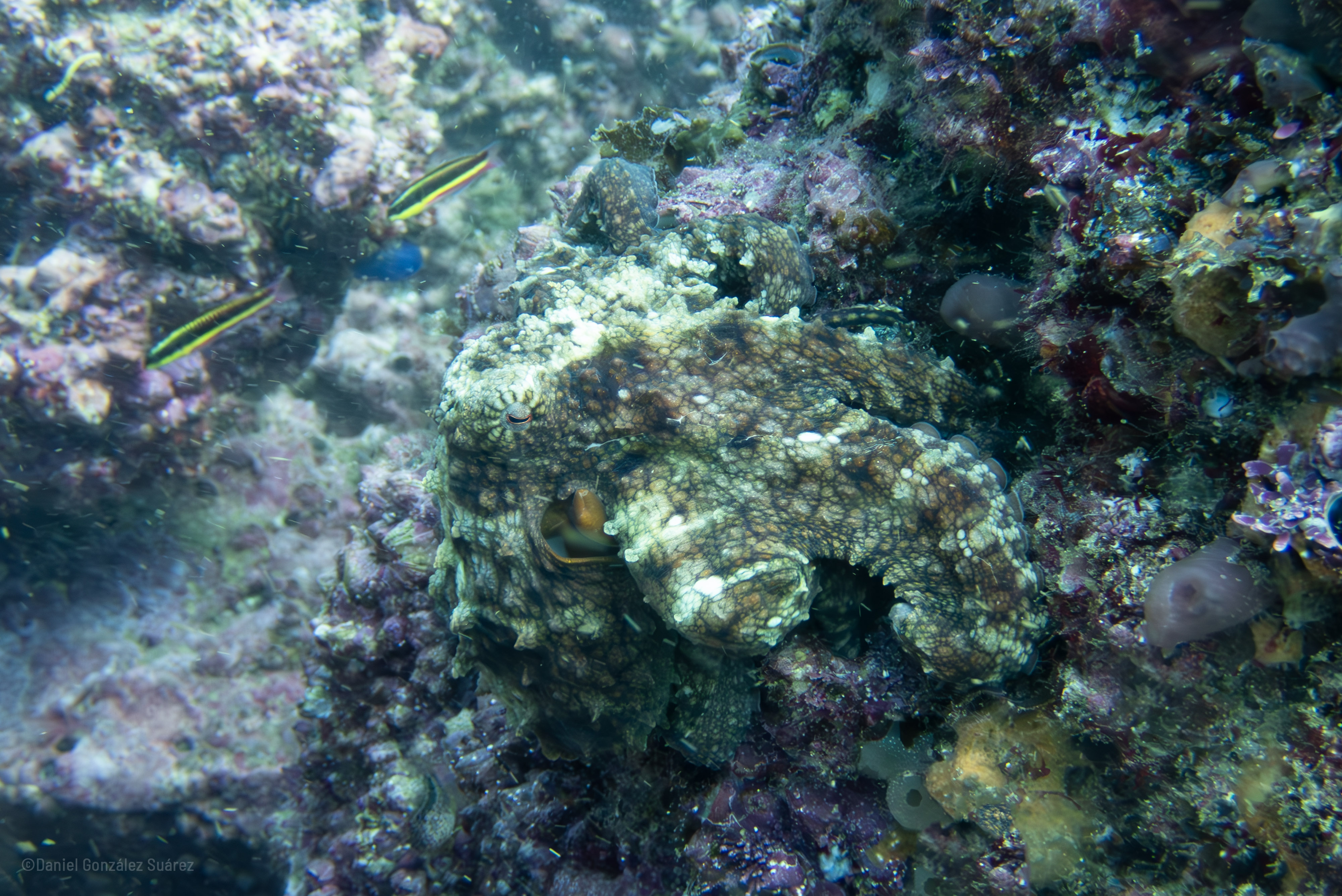
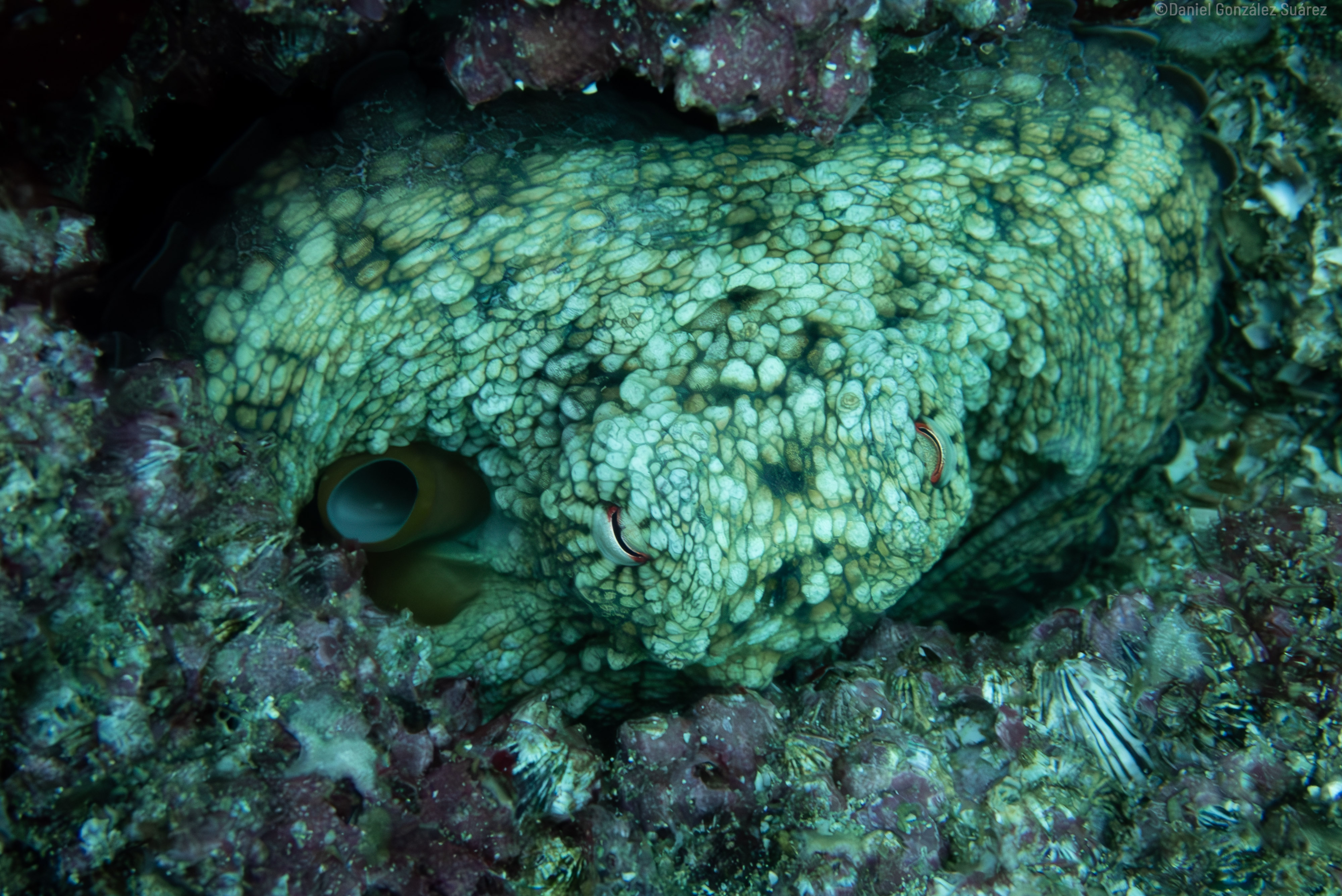
Other interesting sights I got to see:

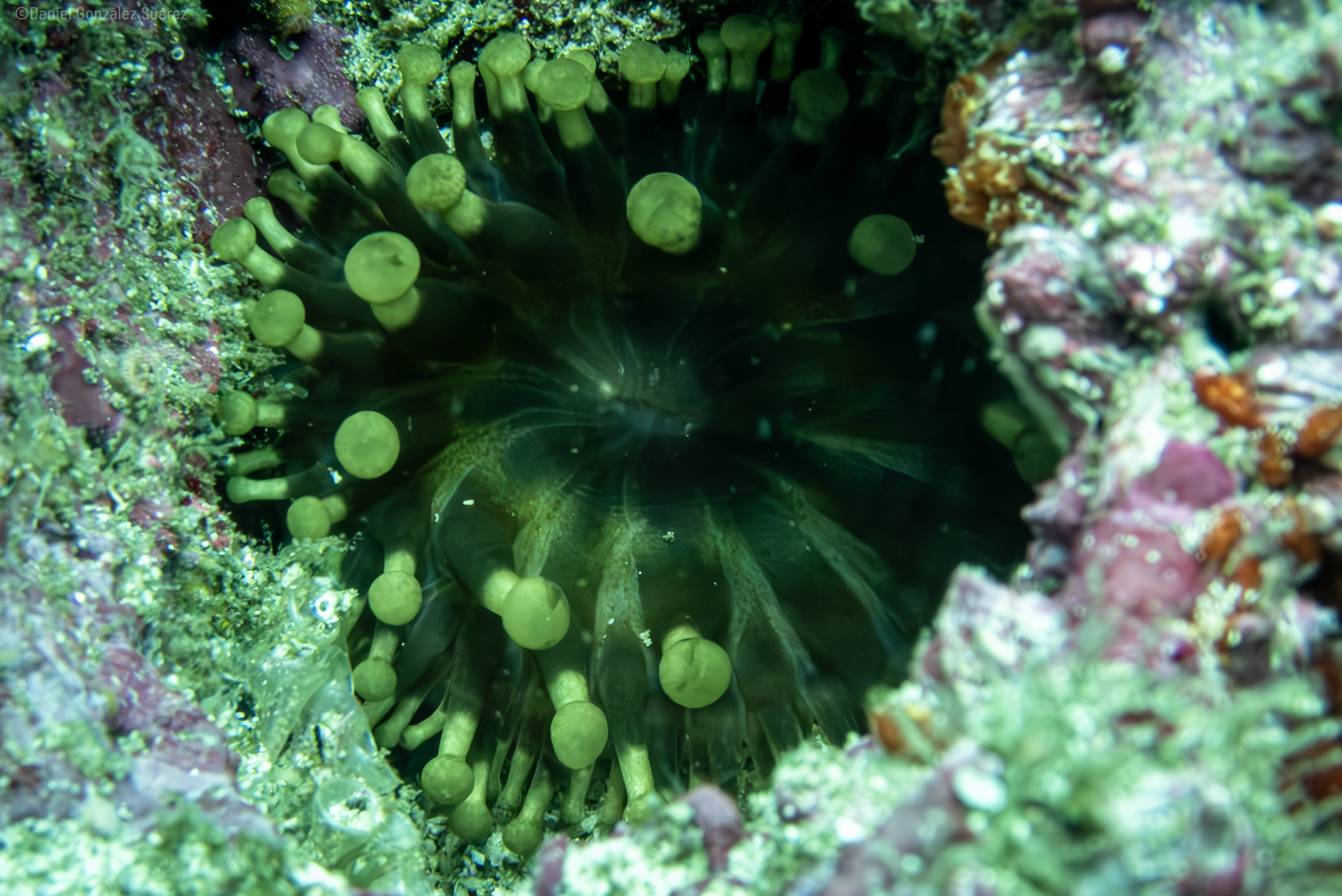
The first one is a fire sea urchin, Astropyga pulvinata, and this was my first time seeing it in the wild. Next to it, you can see a club-tipped anemone, Telmatactis sp., possibly T. panamensis. Years ago, I found another individual of this genus, but it looked like Telmatactis cricoides, an Atlantic Ocean species. To make sure which species these are, samples should be taken for at least morpholohical analysis. As I was going for a recreational dive and there were no intentions to collect, it made no sense to do anything other than taking pictures of it.
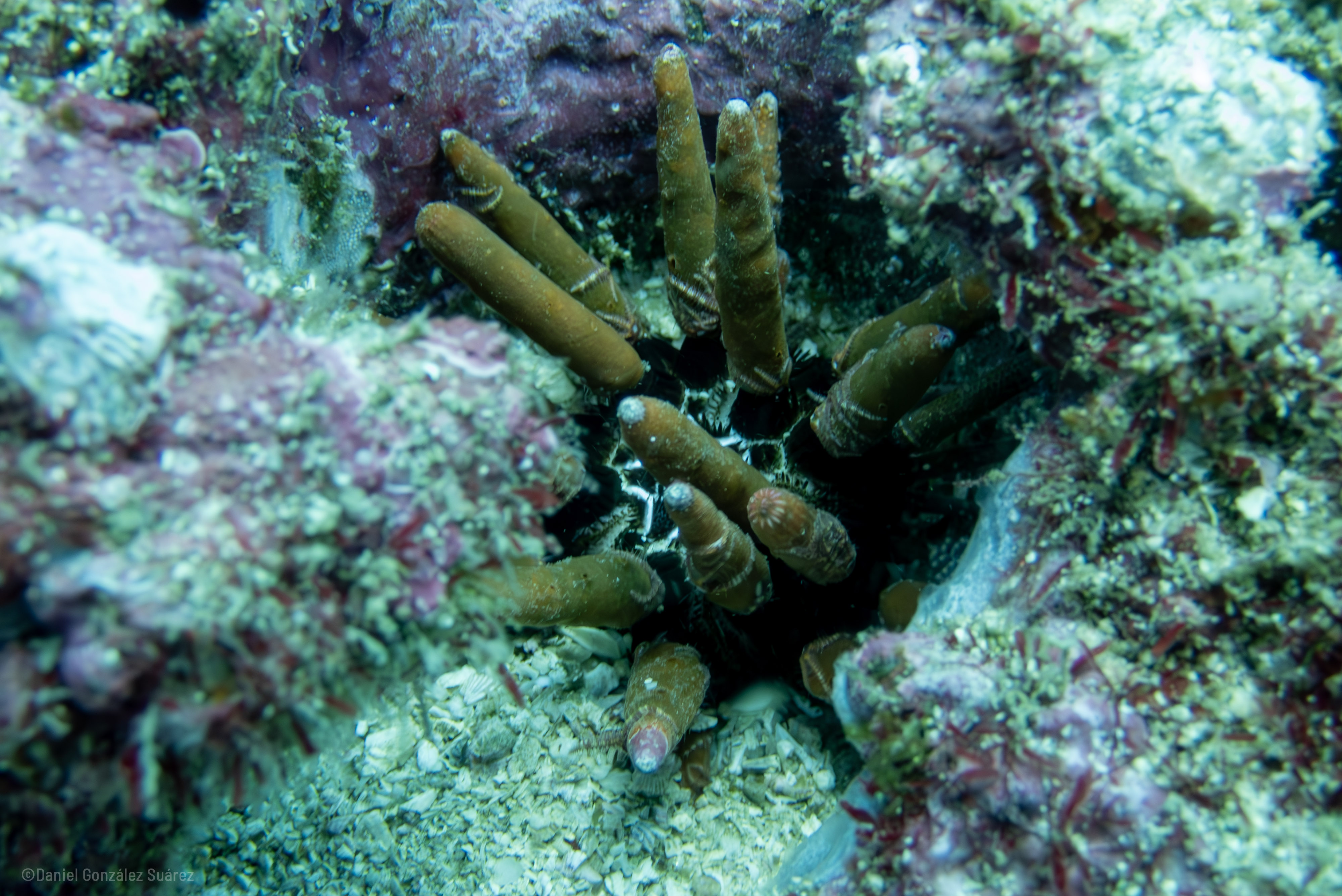
This is the same slate pencil sea urchin as seen before, but with its spines covered with something green. This is possibly a sponge from the Clathria genus. I’m no expert on sea sponge identification but I sustained my observation based on this record. If you pay close attention to the spines, you can see brittle star arms surrounding the spines.

This fish belongs to the Labridae family. These are common fishes but the one you’re seeing here might be Halichoeres discolor, an endemic species to the Costa Rican oceanic island Isla del Coco. It wouldn’t be crazy to find species from Isla del Coco in Costa Rican coastal waters, but I didn’t find many occurrences for it.
Update
I sent an email to Ross Robertson, an expert on tropical reef fishes. He kindly explained to me some detailes of why this is actually Halichoeres chierchae, possibly in the initial phase.
Halichoeres discolor in its terminal phase kind of looks like H. chierchiae, though you can see many differences once you actually pay attention to them. I’ll leave the linked pictures so you can see them for yourselves!
What’s an initial phase? What other phases there are? We need to first understand a key aspect of reef fish biology: sequential hermaphroditism. Let’s simplify that term. I think we’re mostly familiar with hermaphroditism as an individual that has both sex organs from male and female anatomy. Sequential hermaprodites first have a sex organ from either male or famle anatomy and then transition into the other one. Reef fishes go through this process and that’s why the have initial and terminal phases.
Other reef fishes


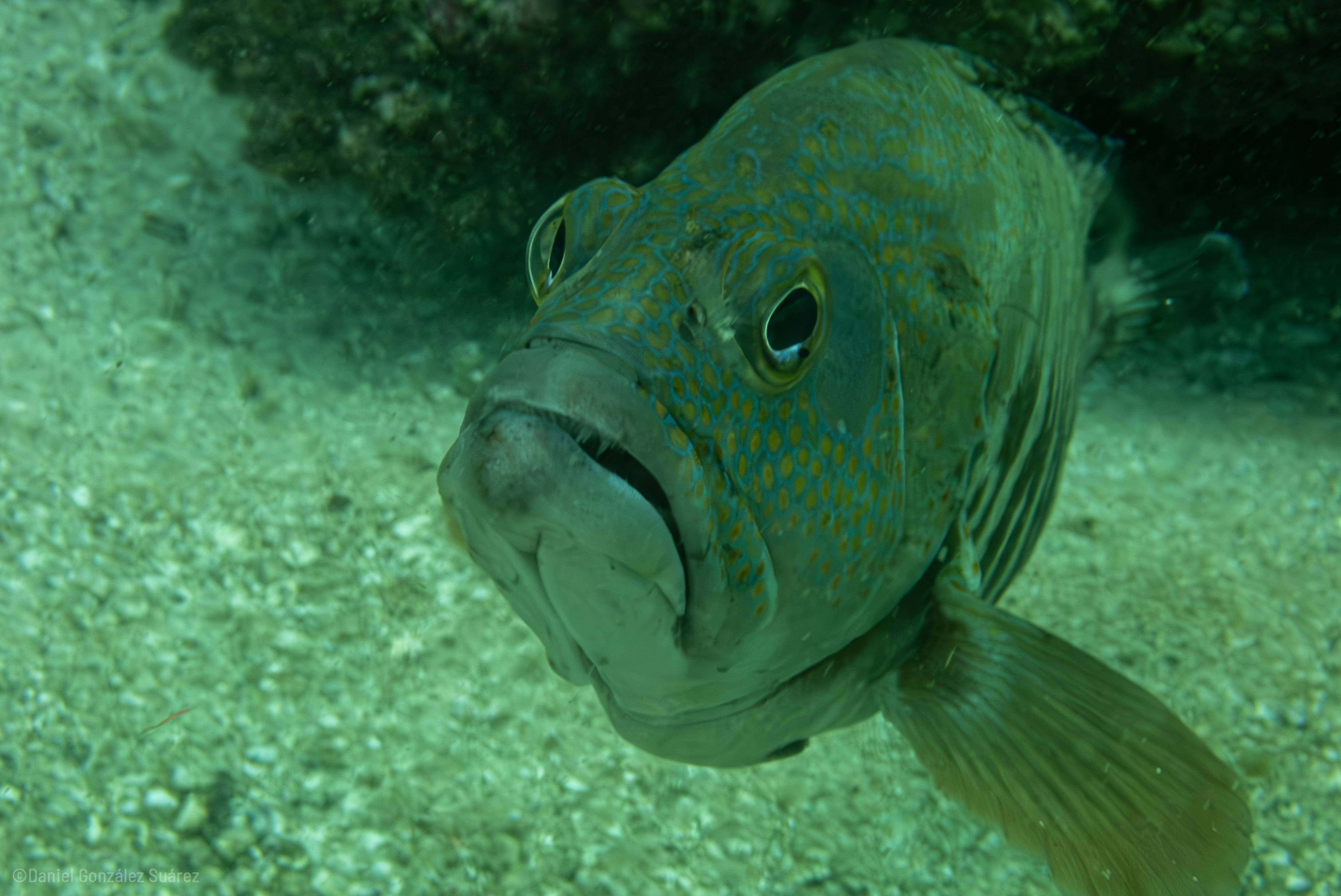
A collection of pictures
Finally, find below more pictures from the trip, both from Cuajiniquil and Islas Murciélago:
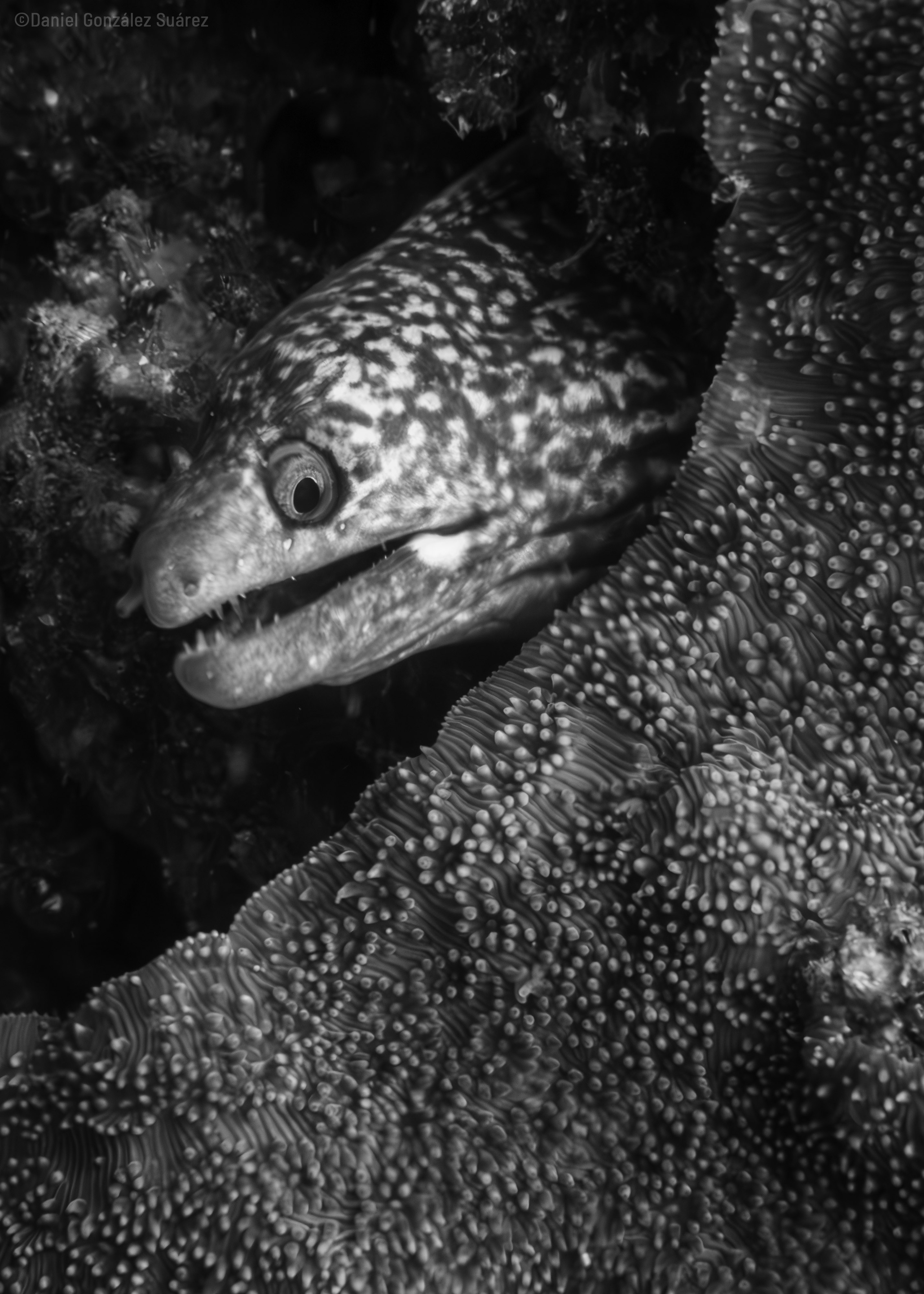
A black-and-white picture of a moray eel hidden under a coral. One of my favorites so far!
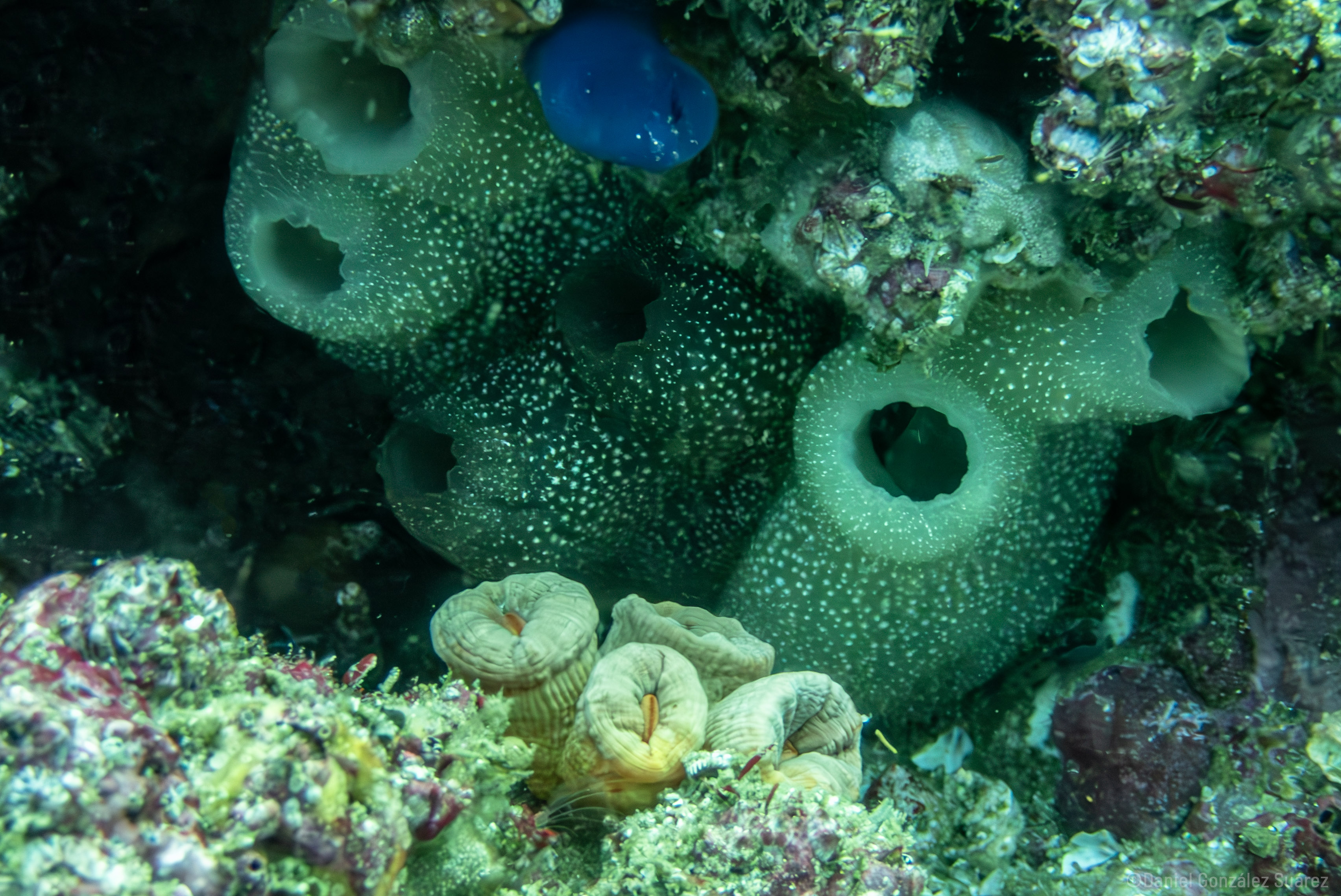
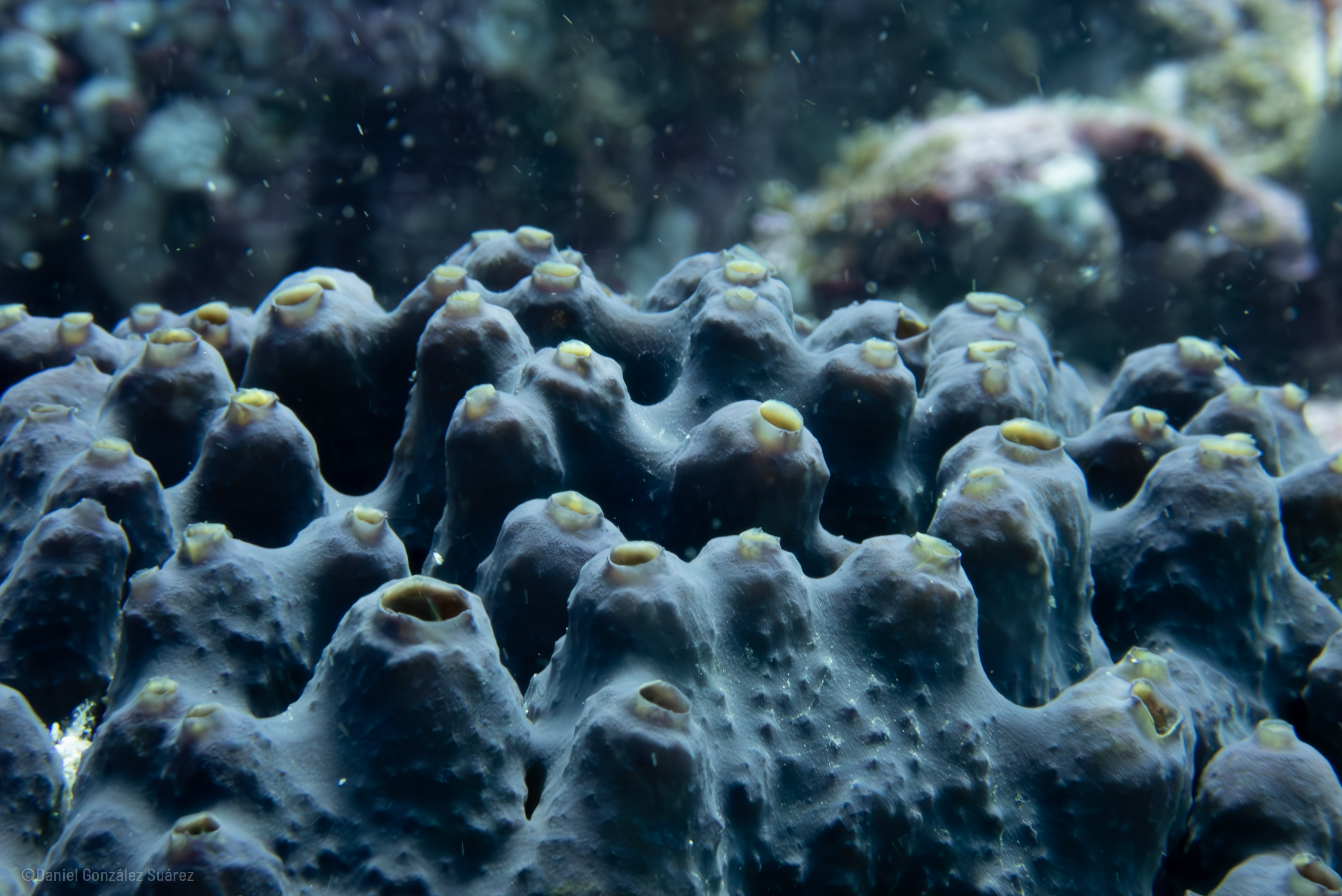

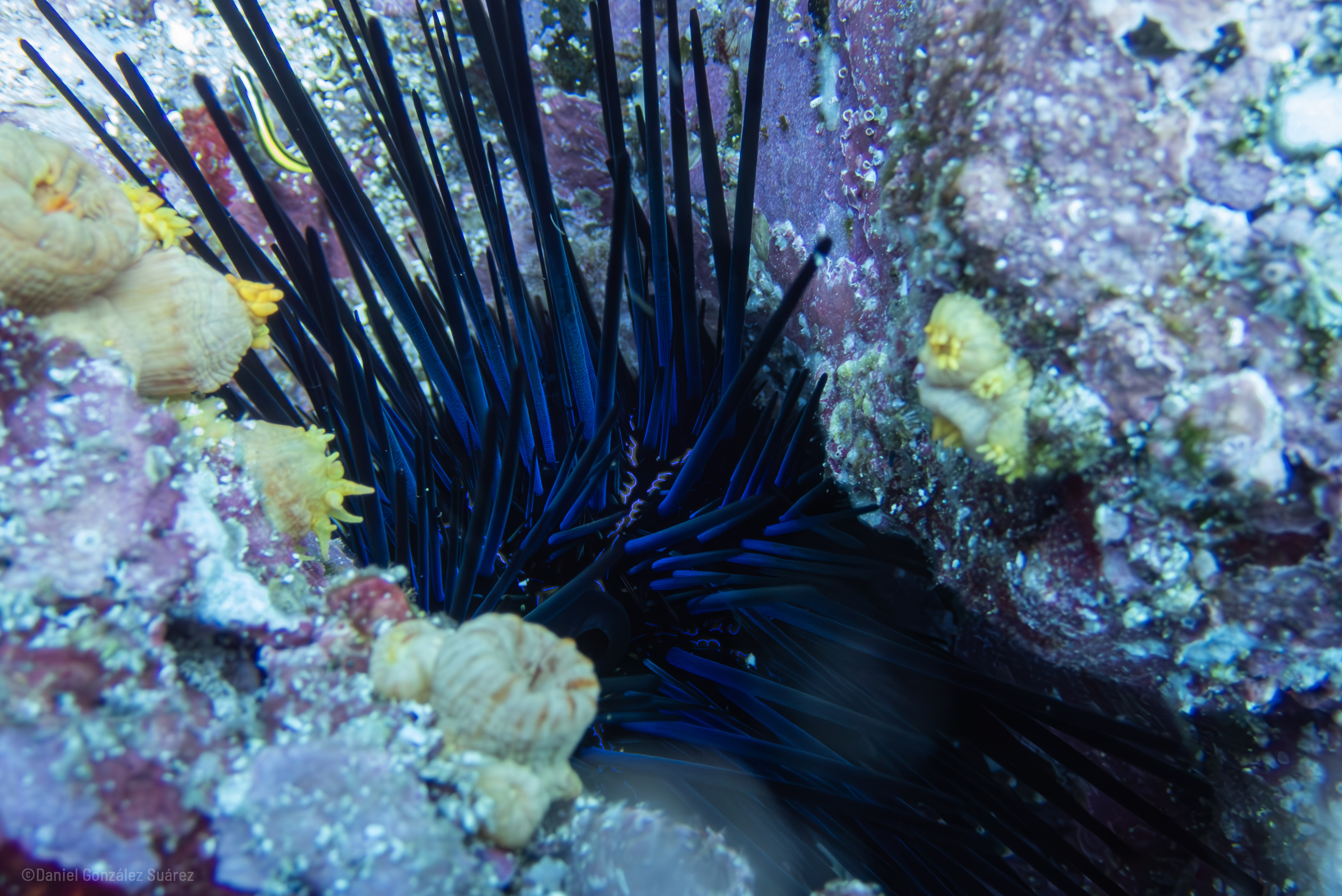
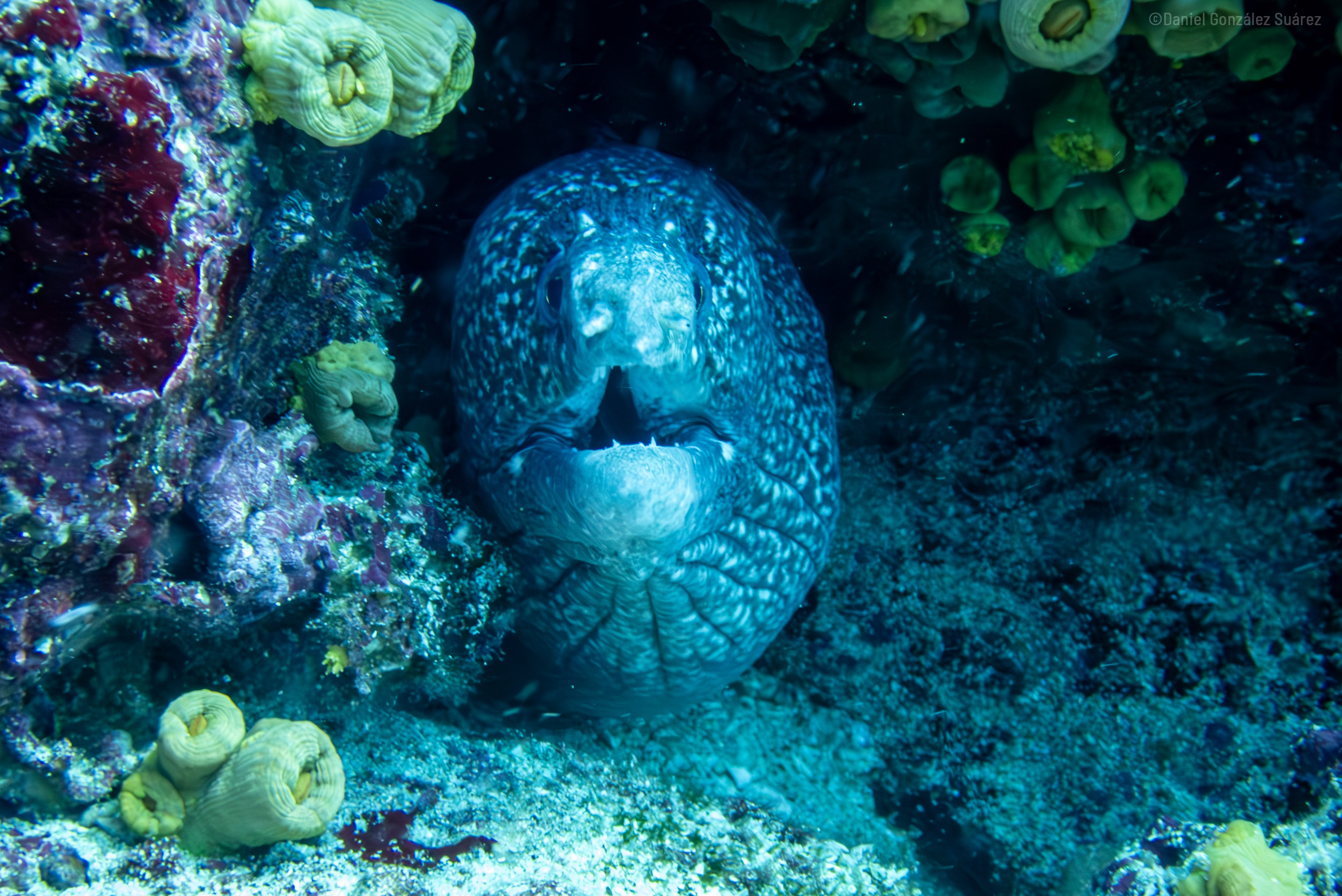


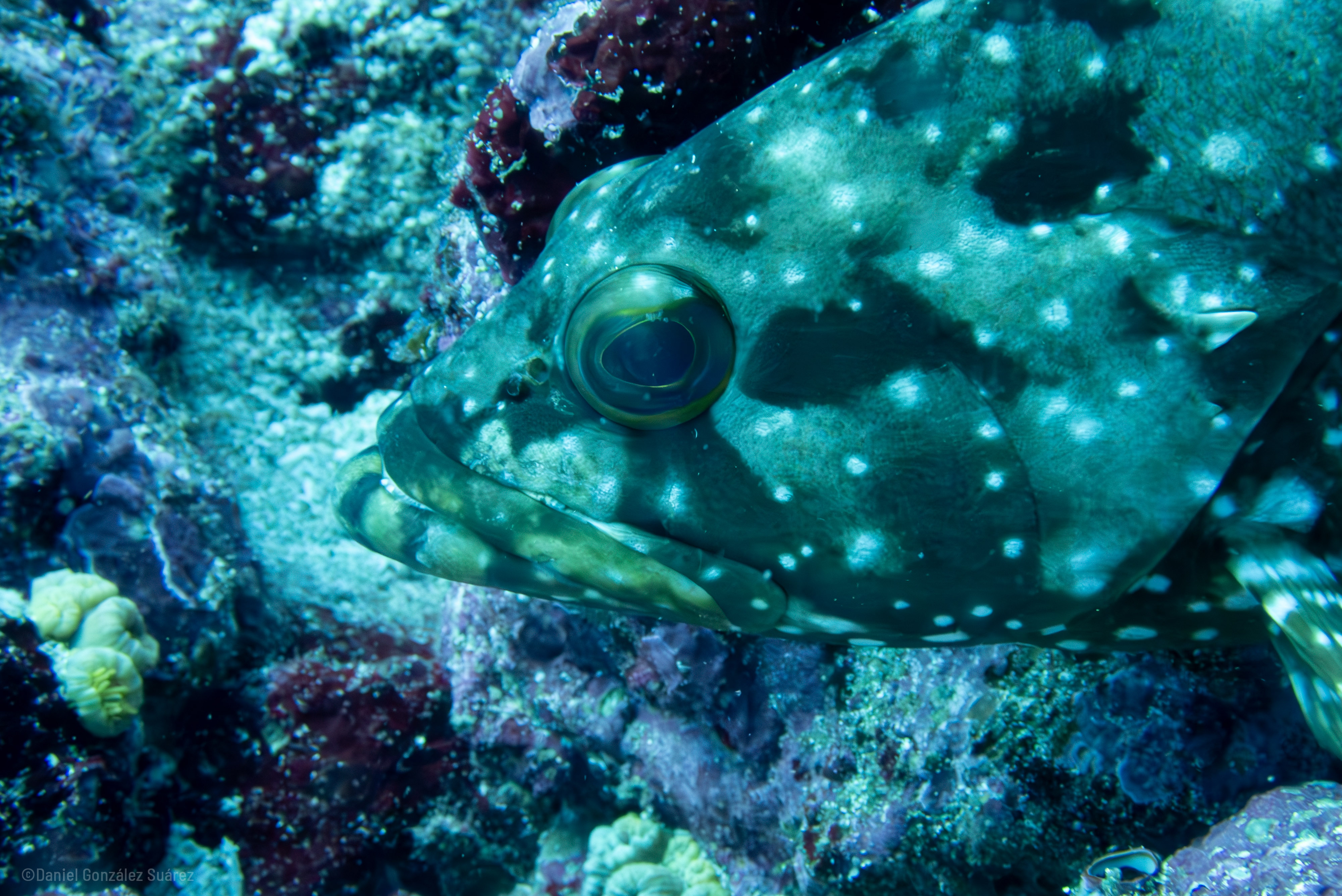

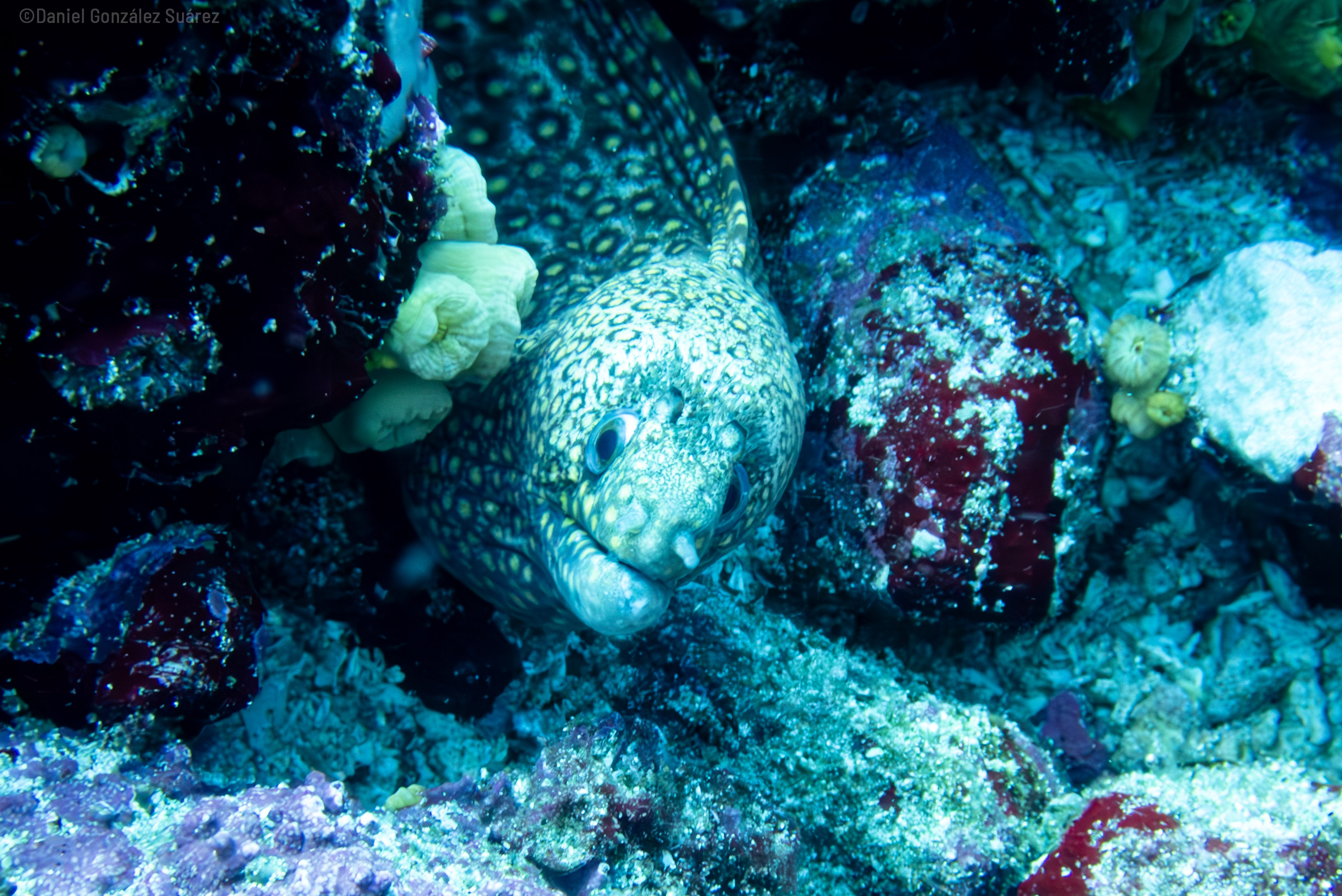
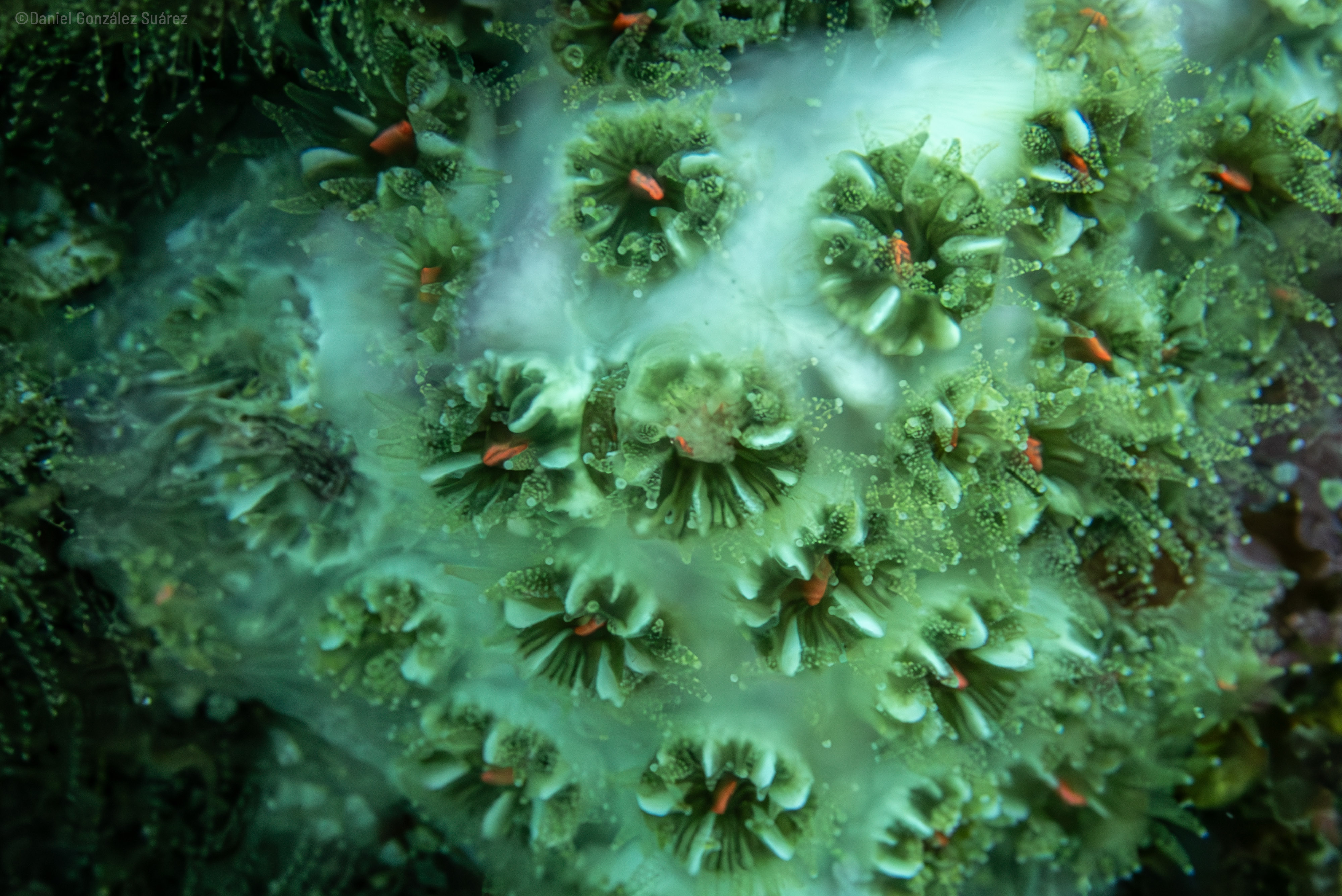
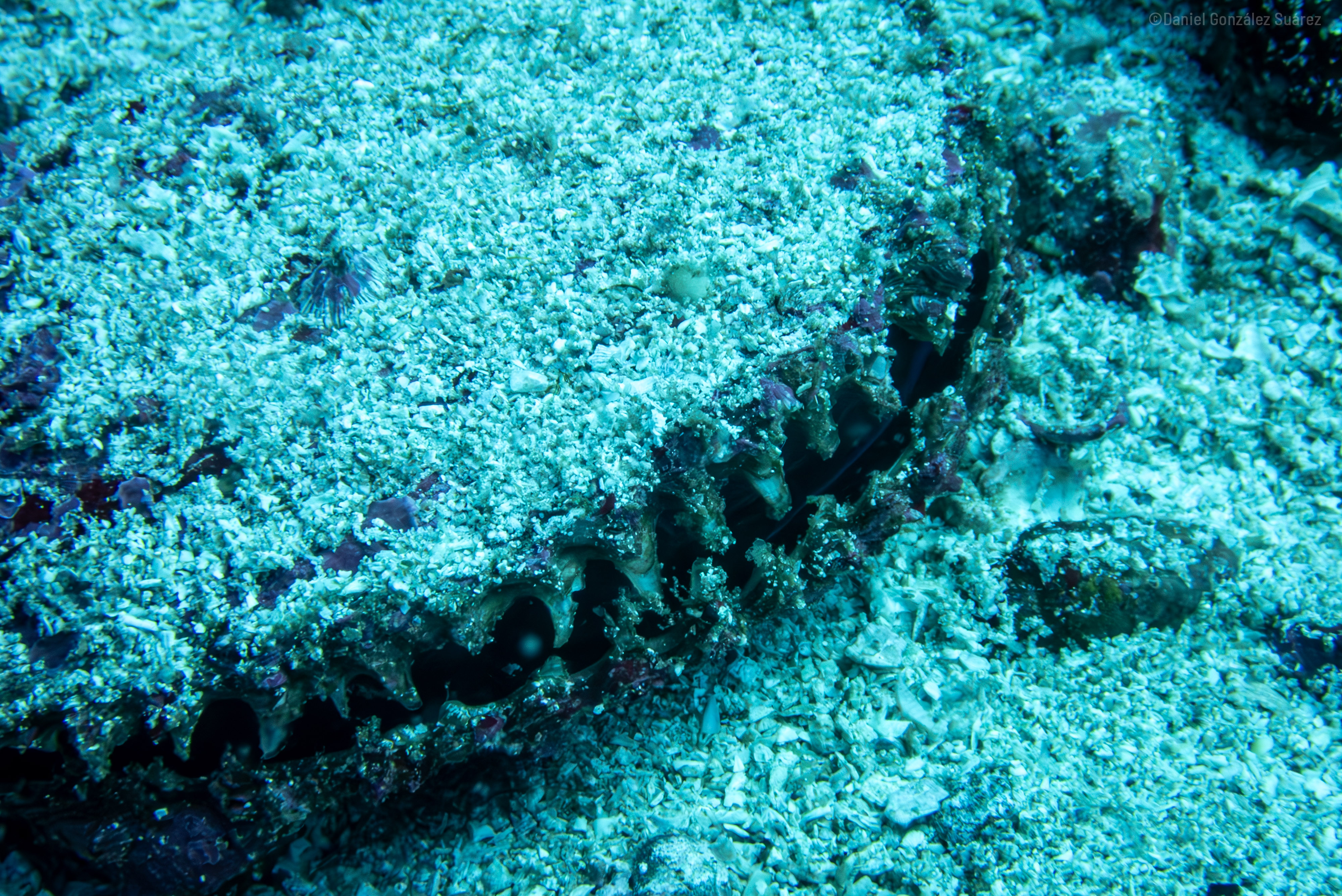
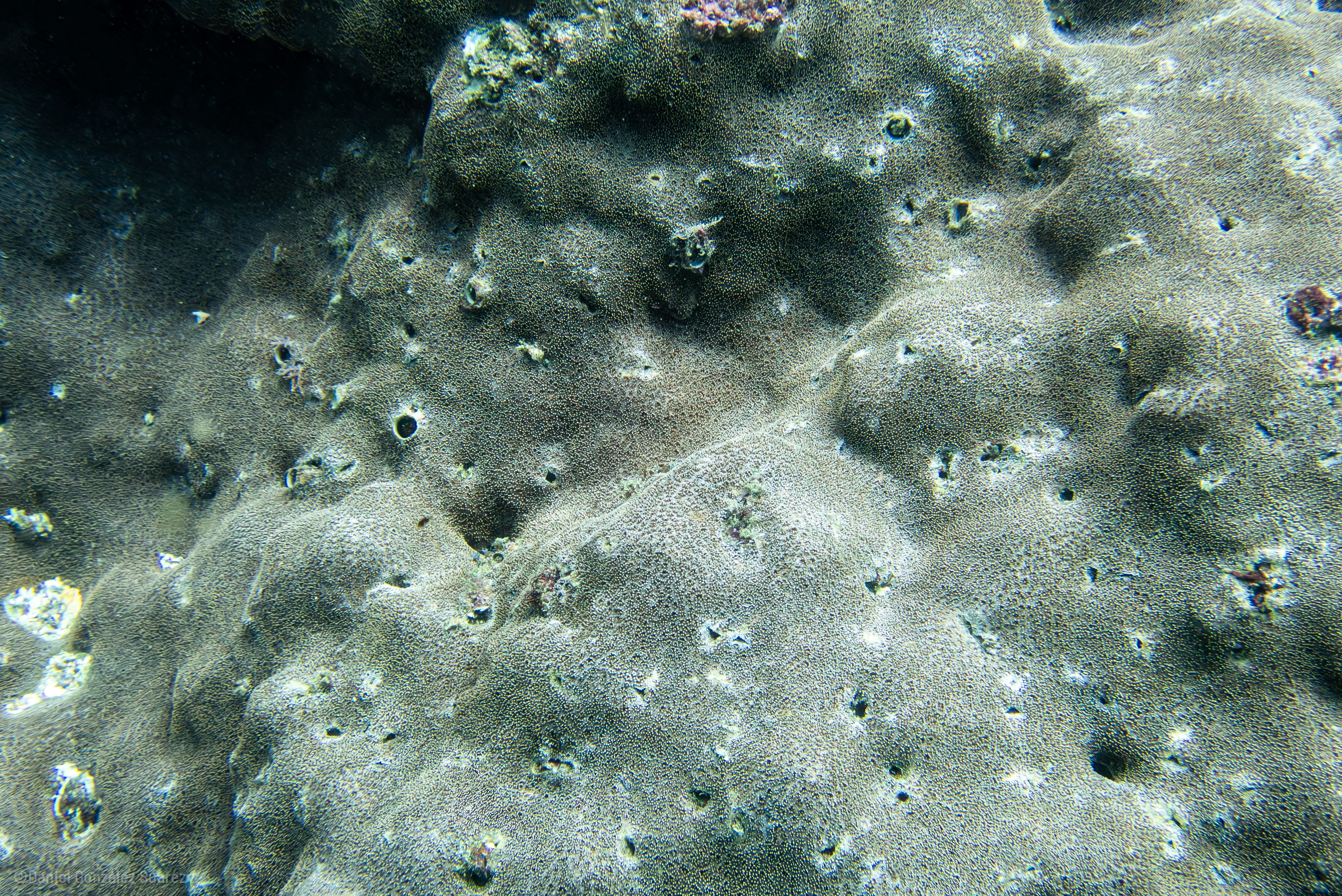
Enjoy Reading This Article?
Here are some more articles you might like to read next: